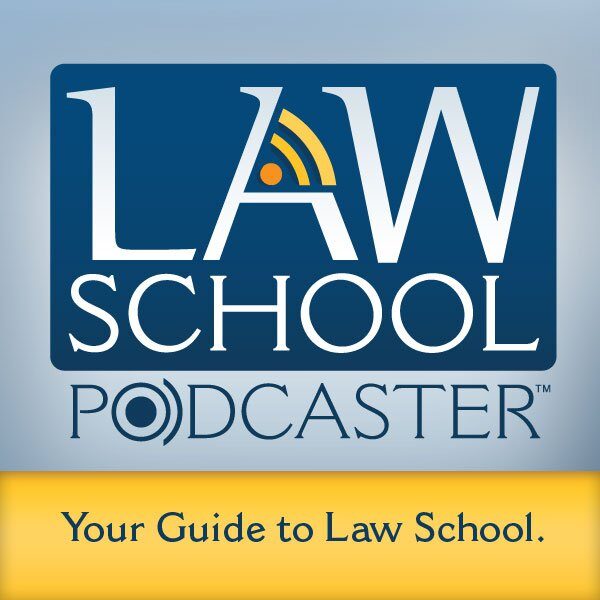
There’s a lot of talk these days about changes in the traditional law school curriculum. Until recently, a law student’s educational experience hadn’t changed much in the past several decades: law students read and brief appellate cases, and law professors use the Socratic Method to pose a sequence of questions, leading students to think through legal concepts and problems (to supposedly ”learn to think like a lawyer“).
But the tighter legal job market has forced some changes.
Law firms, businesses, and the clients they serve, are demanding that more be done by law schools to train and prepare properly future lawyers while they are still in school. We recently delved into this topic in our podcast, Beyond Thinking Like a Lawyer: What Changes in Legal Education Mean for Law Students.
This trend by law schools toward curriculum reform is confirmed by Kaplan Test Prep’s 2012 survey of law school admissions officers . The Kaplan survey finds that 68% of law schools have already revamped their curriculum to make their students more “practice ready”; 5% say they’ve decided to so, but haven’t implemented the changes yet; 9% say they are considering making curriculum changes; and 18% say they have no plans to make curriculum changes. Among the curriculum changes some schools have made or are considering making: more clinical work opportunities and giving students more opportunities to specialize in a specific field, which can give them a competitive edge in a field that values specialization.
In our podcast, Beyond Thinking Like a Lawyer: What Changes in Legal Education Mean for Law Students, we heard from those on the front lines of developing new paths in law school to help bridge the gap from law school to law practice, including William D. Henderson, Professor of Law at Indiana University Maurer School of Law. Henderson detailed what’s being implemented at Indiana University. “We’ve been going down this road for the last four years. We have a 1L legal professions class where students are put into teams, and they… it’s professional responsibility, but it’s also, in addition, satisfying that ABA requirement. It also focuses on giving students the tools to make intelligent career decisions. So, they learn a lot about the legal profession, they meet a lot of practicing lawyers, they… we go through a series of fairly critical readings on the legal profession. We’re hoping that our students can, (A), find a practice setting that resonates with their values, and (B), begin to acquire the skills that are necessary to distinguish themselves in that practice context, all the while using team-based learning to learn the role of lawyering and the model roles of professional responsibility. And it seems to be working fairly well, because we map… or we track the progress of our students on a thing called ‘Law School Survey of Student Engagement’, which allows us to see how our students are doing in a variety of outcome measures over time, and also allow us to benchmark our students against students at other law schools. And because it’s a 1L curriculum, it makes it — which is standard throughout most law schools — it allows us to see how much progress we’re making, and I think that the early results are that we’re making progress. And our faculty is beginning to think about, what are we going to do in the second and third years to extend the competencies that we focused on in the 1L year?”
We heard what’s happending at other law schools from Paul Schiff Berman, the Dean of George Washington University Law School and from Nancy Rapoport, the Gordon Silver Professor of Law at University of Nevada Las Vegas. We also interviewed Patrick J. Lynch, Co-Founder and Policy Director of Law School Transparency, a consumer advocacy group for law school students. Together they provide insight on the recent measures being taken to meet the new challenges and opportunities in law school education.
Listen to the full show for more on this topic!
